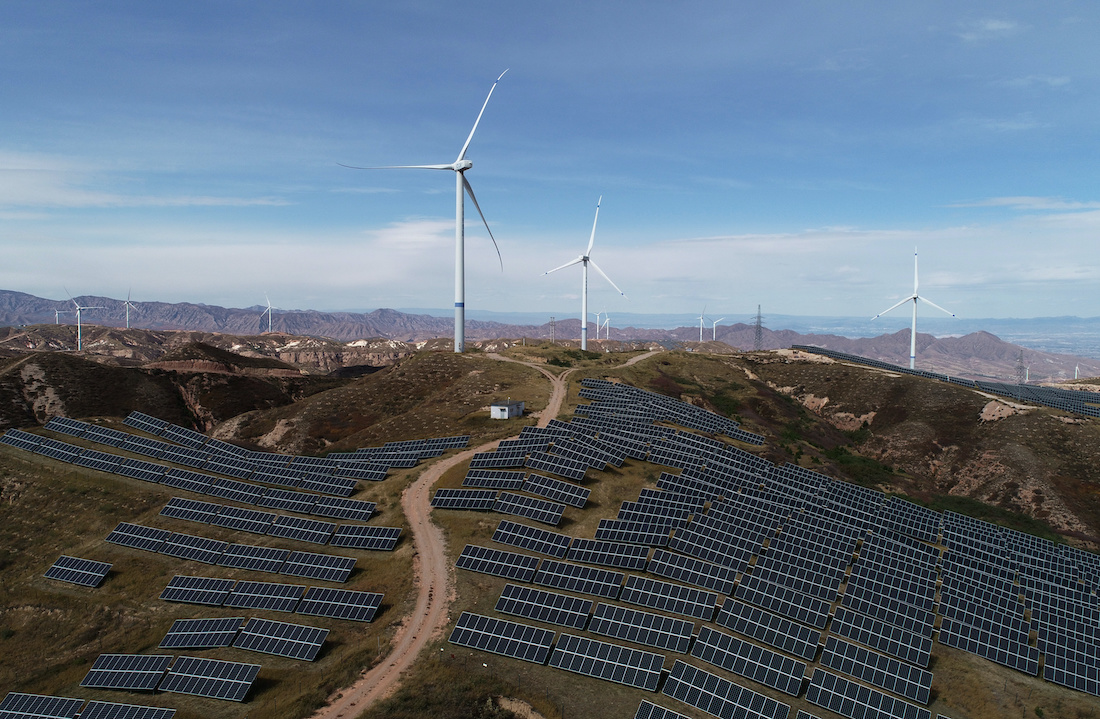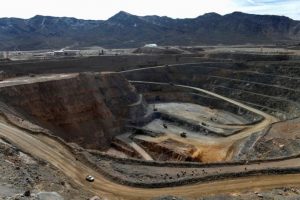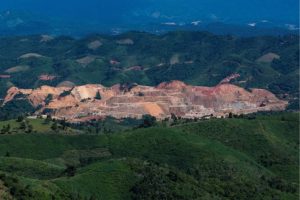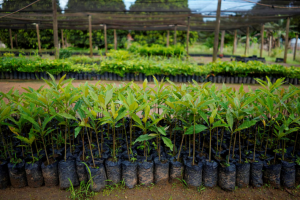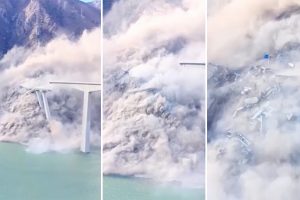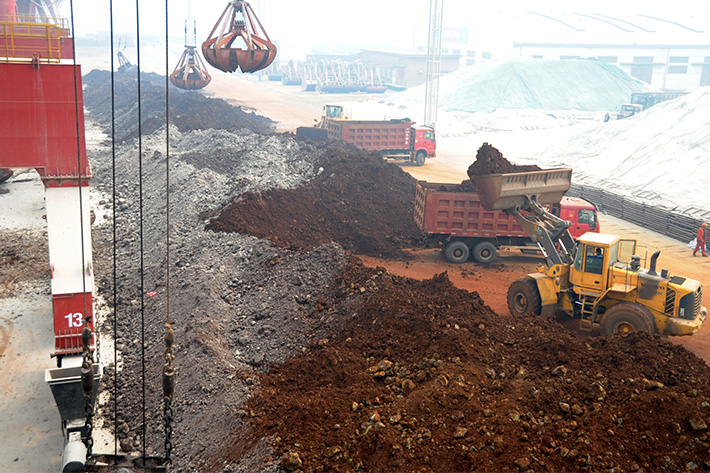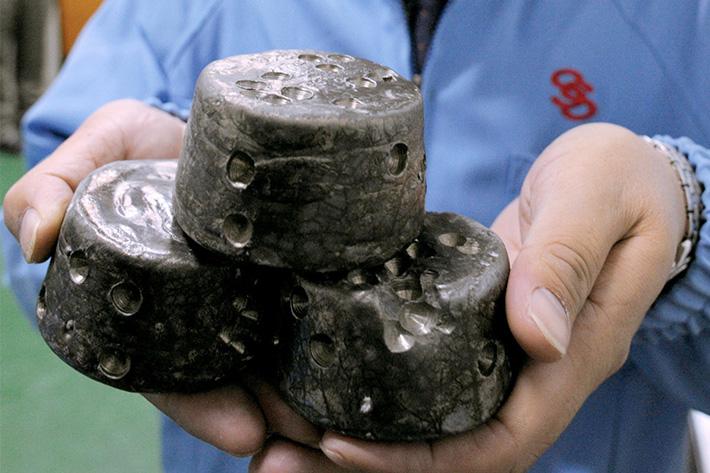The world’s biggest carbon emitter, China, has seen its emissions fall by 1% in the first half of this year, thanks to its increasing transition to renewable energy for power generation, according to a new study.
Emissions from the power sector, the top source of greenhouse gases in China, fell 3% during the six months to July compared to the same period last year, a study by the Helsinki-based Centre for Research on Energy and Clean Air found.
CREA attributed the drop to more renewable electricity from China’s rapidly growing network of solar power plants in the study, conducted for UK-based research organisation Carbon Brief.
Also on AF: AI Bubble Popped by MIT Report Noting Dismal Business Impacts
China is expected to see another year of record capacity additions in 2025, putting emissions on track for a full-year decline in 2025, the study said.
China last reported an annual decline in carbon emissions in 2022, related to the Covid-19 pandemic, and has targets for emissions to peak by 2030 and to reach net-zero emissions by 2060.
Coal use in the power sector fell 3% during January-June, although gas burned for electricity rose 6%.
Emissions also ticked down in building materials, metals, cement and steel because of China’s weak property sector.
However, unlike all other major sectors, carbon emissions from China’s chemicals industry are still rising, the study said. The use of coal as an input for synthetic fuels and petrochemical products grew 20% in the first half of the year.
The growth in coal-to-chemicals has added 3% to China’s carbon emissions since 2020 and could add another 2% by 2029, the analysis found.
Rapid loss of Antarctic sea ice
Meanwhile, findings from a scientific study published last week were not as positive. Scientists said in a paper in the journal Nature that rapid loss of Antarctic sea ice could be a tipping point for the global climate, causing sea level rises, changes to ocean currents and loss of marine life that are impossible to reverse.
“Evidence is emerging for rapid, interacting and sometimes self-perpetuating changes in the Antarctic environment,” it said.
The study gathered data from observations, ice cores, and ship logbooks to chart long-term changes in the area of sea ice, putting into context a rapid decline in recent years.
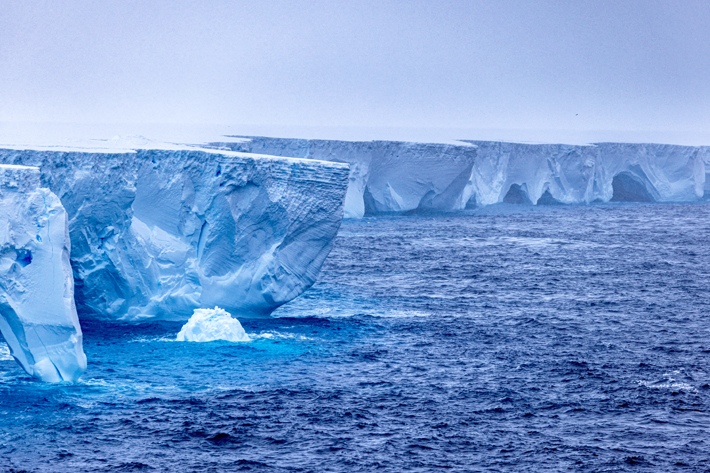
“A regime shift has reduced Antarctic sea-ice extent far below its natural variability of past centuries, and in some respects is more abrupt, non-linear and potentially irreversible than Arctic sea-ice loss,” it said, referring to melting at the North Pole.
Changes are having knock-on effects across the ecosystem that in some cases amplify one another, said Nerilie Abram, the study’s lead author.
A smaller ice sheet reflects less solar radiation, meaning the planet absorbs more warmth, and will probably accelerate a weakening of the Antarctic Overturning Circulation, an ocean-spanning current that distributes heat and nutrients and regulates weather.
Loss of ice is increasingly harming wildlife, including emperor penguins, who breed on the ice, and krill, which feed below it.
And warming surface water will further reduce phytoplankton populations that draw down vast quantities of carbon from the atmosphere, the study said.
Major tipping point
“Antarctic sea ice may actually be one of those tipping points in the Earth’s system,” said Abram, a former professor at the Australian National University (ANU) and now chief scientist at the Australian Antarctic Division.
Reining in global carbon dioxide emissions would reduce the risk of major changes in the Antarctic but still may not prevent them, the study said.
“Once we start losing Antarctic sea ice, we set in train this self-perpetuating process,” Abram said. “Even if we stabilise the climate, we are committed to still losing Antarctic sea ice over many centuries to come.”
Meanwhile, a contrasting phenomenon is underway in the Arctic, where melting of sea ice has slowed dramatically in the past 20 years, according to a separate study. Scientists say the finding is surprising considering global carbon emissions have continued to rise to record levels, a report by The Guardian said.
But researchers assert that the slowdown in ice melt was not an indication that Arctic sea ice is rebounding, but only the result of natural variations in ocean currents.
The climate crisis remains “unequivocally real”, the scientists told paper. The Arctic is still on track to completely lose its ice cover later in the century, they said. They also added that melting was highly likely to start again “at about double the long-term rate at some point in the next five to 10 years.”
- Reuters, with additional editing and inputs from Vishakha Saxena
Also read:
China Was ‘Unprepared’ For Extreme Rain
China’s One Trillion Watt Solar Journey
Extreme Sudden Rainfall Kills Hundreds in Pakistan and India
China’s Losses From Floods, Disasters in First Half: $7.6 Billion
Global Disaster Losses Soar to $80 Billion in First Half: Swiss Re
Spending on Global Energy Transition Well Under What’s Needed
Arctic Tundra Now Emits More Carbon Than it Stores
Study Says Biochar Can Solve Asia’s Fertiliser Shortages
Central Banks Unprepared For Climate-Driven Labour Shocks: LSE
Climate Chaos ‘Could Disrupt Half of Global Chipmaking by 2050’
Firms Underestimating Risks From Carbon-Fuelled Climate Change
Will Extreme Weather Break Asia’s Supply Chains?




